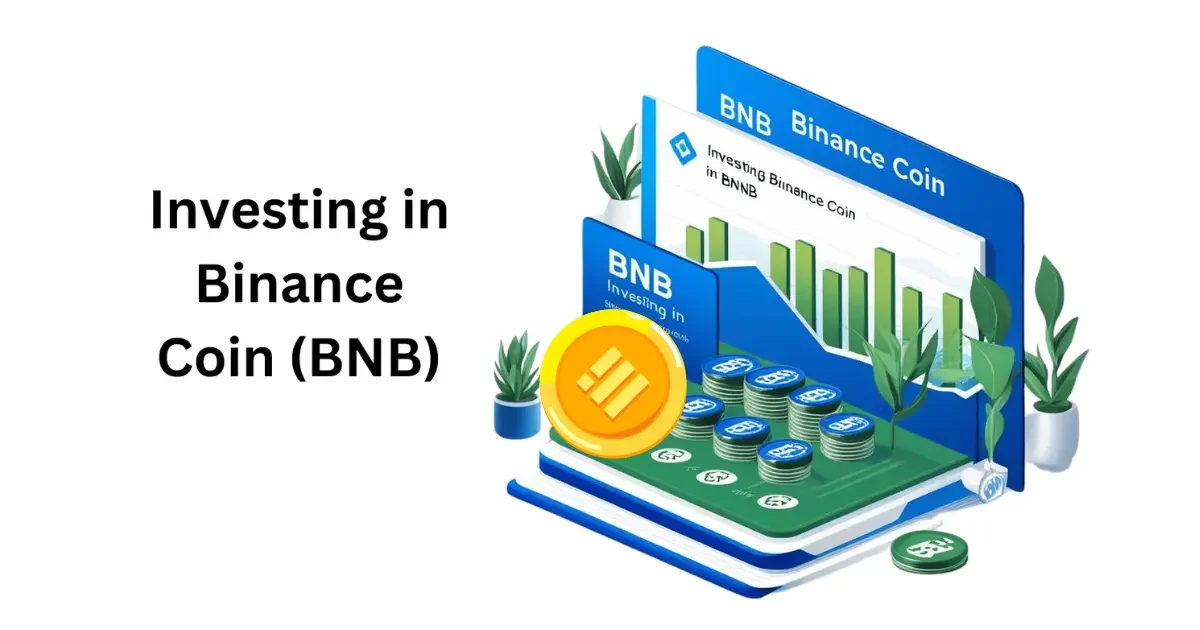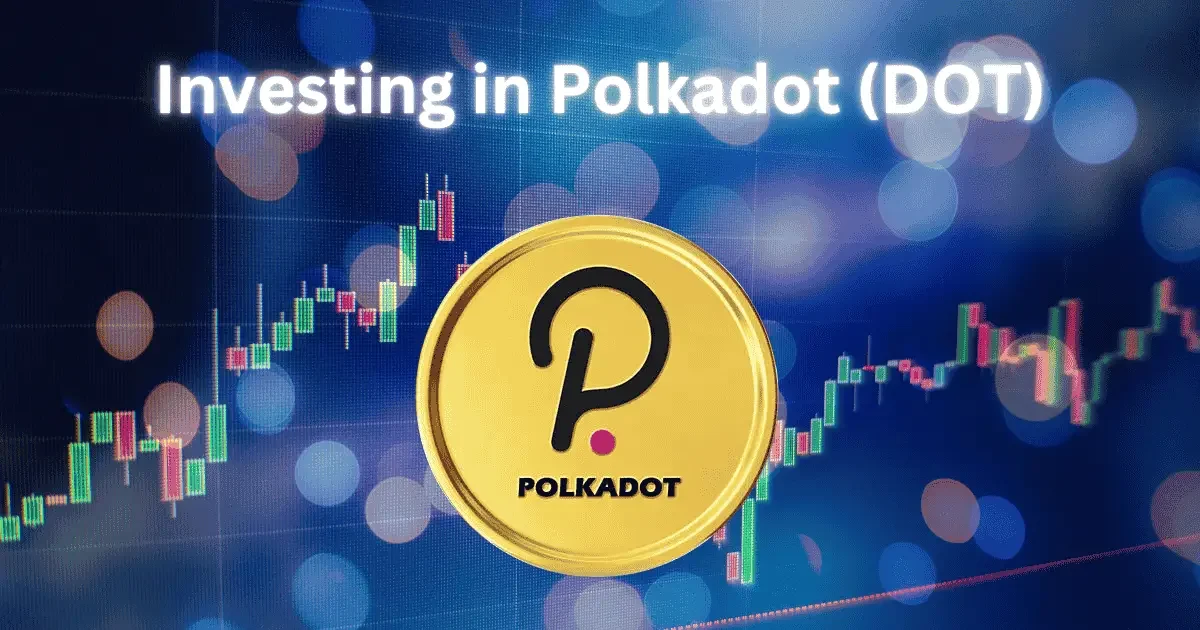In Polkadot, you need to buy DOT tokens, which requires an upfront financial commitment. The expenditure is not minimal, as you must spend money to purchase tokens.
The scalability of Polkadot is tied to the project’s success and broader adoption of its interoperability solutions. The potential for growth is high.
Polkadot offers some passive income potential through staking DOT tokens, which allows users to earn rewards by supporting the network.
The demand for Polkadot is growing, primarily driven by its technological innovations, such as blockchain interoperability. However, the cryptocurrency space is crowded.
Polkadot operates in a highly competitive blockchain space, with numerous other projects addressing similar issues related to scalability and interoperability.
Earnings from Polkadot are not immediate. If you choose to stake your tokens, the rewards accrue over time, meaning it takes a while to see financial returns.
Polkadot is still relatively new, and its long-term stability is uncertain. While it has strong backing and promising technology, the cryptocurrency market is volatile.
There is a risk of financial loss with any cryptocurrency, and Polkadot is no exception. The market is volatile, and regulatory challenges could affect Polkadot’s future.
Newcomers can easily start growing with Polkadot, as the process of buying DOT tokens is relatively simple. However, understanding the blockchain and staking mechanisms can be challenging.
Polkadot is designed with scalability and adaptability in mind, allowing for updates and changes to the network as the technology evolves.
Polkadot is accessible globally through most major cryptocurrency exchanges, though it may be subject to regulatory restrictions in some countries.
Basic knowledge of cryptocurrency, exchanges, and wallet management is needed to participate in Polkadot.
Withdrawing and transferring DOT tokens is generally simple and can be done through various exchanges. Withdrawal times and fees may vary depending on the exchange and platform used.
Making money from Polkadot requires market timing, understanding the project’s future potential, and actively managing financial resources. It is not a guaranteed or easy way to make money.


